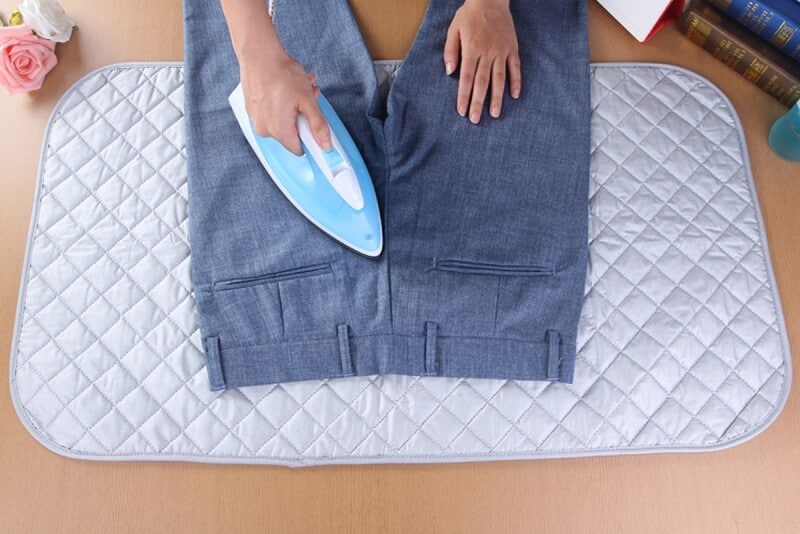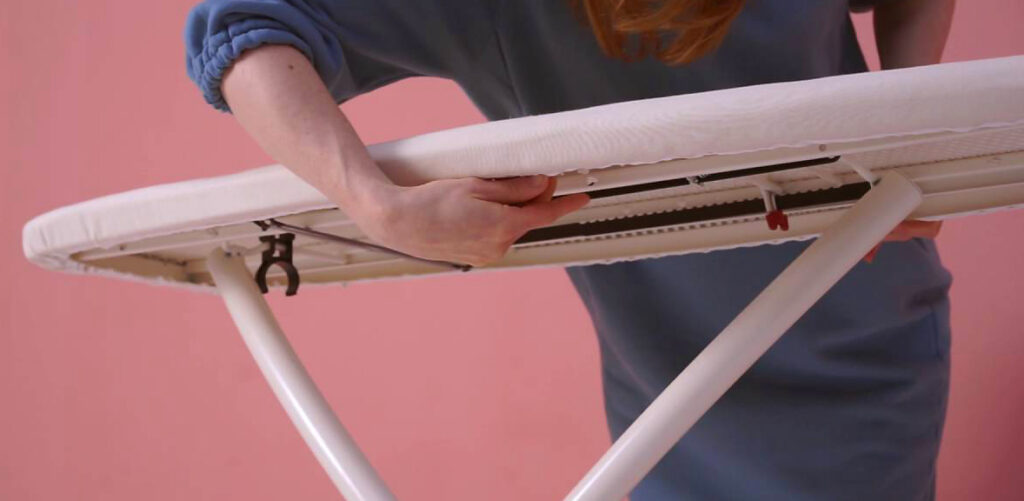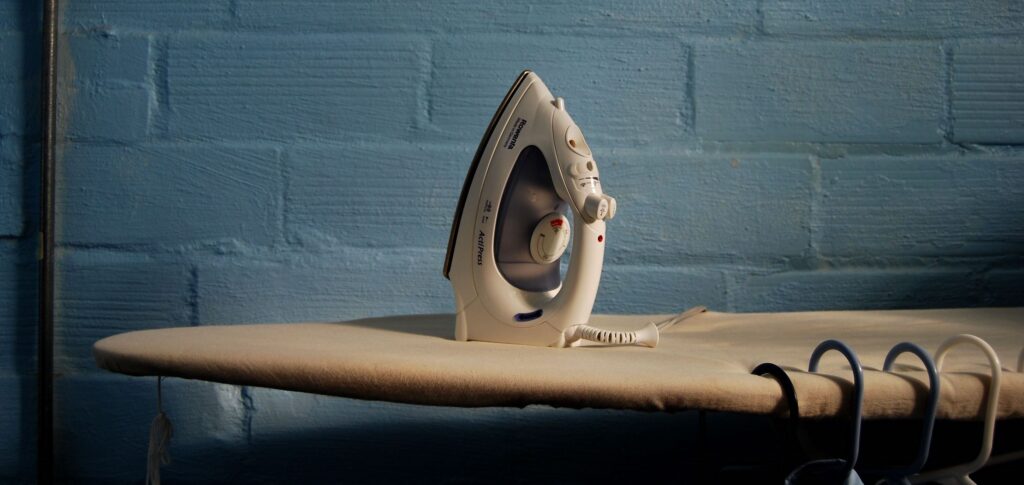Polyester is a fabric, albeit a synthetic one, and like all fabrics, it requires attention. Valid arguments could, however, be made that polyester requires even more care than other fabrics. Many of these arguments are backed by the fact that the material is a very soft one that wrinkles easily and isn’t very temperature friendly. To take care of such wrinkling and temperature issues, there are ways to care for the fabric, including iron polyester.
Luckily for those of us in awe and need of polyester clothing, draperies, and the likes, there are ways to manage the material that would clean, iron, and protect it from damage. These methods and tips range from washing, through drying, to ironing, but the emphasis would be placed on the ironing as that is where much of the care-related damage to polyester fabrics occurs.
Chemically, polyesters are a class of chemical materials, all polymers that contain an ester group in every unit of their main chain. They are widely utilized in many industries, including the textile industries.
There are very few limits, if any, to their use as fabrics. The polyester fabrics are woven or knotted from polyester threads and are used in various materials, including shirts, pants, jackets, curtains, dresses, etc.
A significant advantage of these fabrics is that they are light and highly stain-resistant (so much that only disperse dyes can be used to change their colors). However, they also possess a significant disadvantage in that they are mostly not biodegradable Trusted Source BBC News Boohoo’s recycled clothes ‘will not solve fast fashion waste’. www.bbc.co.uk , but many biodegradable types of polyester are being manufactured.
If you are used to using iron-on curtain fabric, chances are you don’t have much in terms of variety when it comes to your ironing process. This is because the material is mostly durable enough not to be easily damaged. Polyester, however, is not likely to be as enduring as cotton.
As such, to prevent damage to the polyester material during ironing, any of the following methods can be utilized depending on their suitability for the particular item being pressed and your personal preference:
There are a couple of rules to take into consideration when ironing polyester fabrics. This is the same for many materials, especially synthetic ones. This is partly because the rules for a specific piece of clothing depend on its disadvantages and nature. Along with these rules, included below are also a couple of tips:
Iron until the wrinkles are gone and turn to the other side to iron it also.
The polyester fabric is quite sensitive to heat. Still, it is also one of high quality that is favored by many designers and cloth manufacturers for its lightweight nature and smoothness. The fabric is also versatile and is used in many situations. This versatility makes it common, and this commonness is the biggest argument for why one should be versed in its maintenance. In this case, maintenance includes knowing how to iron polyester garments.
Steps taken during other stages of maintenance can, however, make ironing easier. Such methods include foregoing a drier and spring to hang the garment so that gravity straightens out the material while it dries. Other methods include hand washing and steaming instead of ironing. In summary, any method that helps to minimize wrinkling helps in the ironing of polyester fabric.





